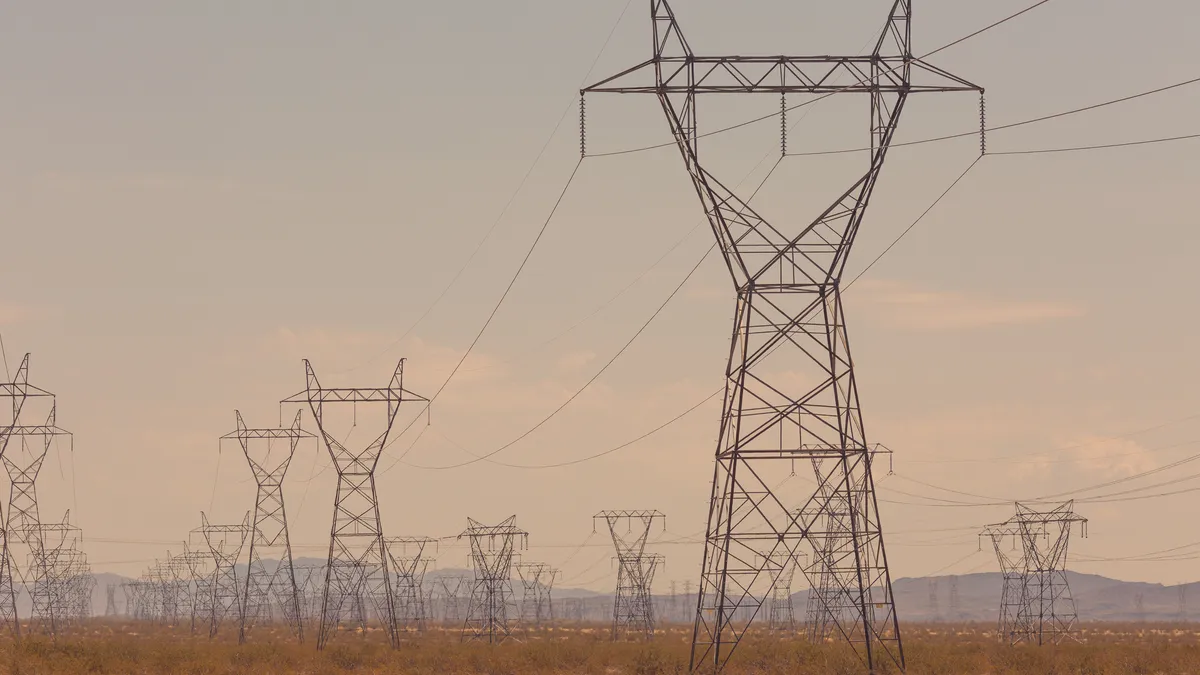In an advance for Western power markets, the Federal Energy Regulatory Commission on Wednesday largely approved the California Independent System Operator’s proposed rules for a region-wide day-ahead market.
CAISO’s proposed Day-Ahead Market Enhancements and Extended Day-Ahead Market, or EDAM, will create “significant” savings for Western ratepayers, FERC Chairman Willie Phillips said in a concurring statement.
“I believe such efforts will enhance reliability, expand the savings and efficiencies that wholesale markets provide, and contribute to consumers’ bottom line,” Phillips said, noting CAISO estimated the proposal could save more than $1 billion a year.
The day-ahead market positions power supply to meet demand forecasts across the market’s footprint and identifies economic transfers between participating areas, CAISO said in a summary of the proposal.
FERC approved the major elements of CAISO’s proposal, but directed the grid operator to make some tariff revisions.
CAISO aims to launch the regional day-ahead market in the spring of 2026. Pacificorp, the Sacramento Municipal Utility District and the Balancing Authority of Northern California plan to participate in the EDAM.
The new market will connect PacifiCorp and CAISO — the two largest grid operators in the West — potentially unlocking large amounts of clean energy resources with an expanded transmission network, Western Resource Advocates said.
The EDAM, which will be available to participants in the CAISO-run Western Energy Imbalance Market, brings a range of benefits — including improved grid reliability, renewables integration, and resource and transmission planning, according to Brian Turner, director at Advanced Energy United, a trade group.
“FERC is showing that if the West works out a solution that works for the West, FERC will give that considerable deference,” Turner said in an email. “There’s an old saw in the western markets debate: Westerners want a market ‘for the West, by the West.’ EDAM shows it can be done.”
Looking ahead, Western utilities will consider joining the EDAM, according to Turner.
“Utilities across the West are considering their positioning on markets intensively now, with many signaling an intent to move forward in the next six months, and EDAM having a fully developed, FERC-approved tariff makes it a very real option for utilities,” he said.
However, some potential market participants are wary of California’s influence in the market’s governance, according to Turner. Those concerns could be eased depending on the outcome of the West-wide Governance Pathways Initiative, which is exploring options for an independently governed entity to oversee wholesale power markets, he said.
“If the Pathways Initiative can fix the governance issue, EDAM becomes an even more attractive value proposition to utilities, regulators, and ratepayers across the West,” Turner said.
In his statement, Phillips noted that Western utilities will have a range of market options to consider including the Western Power Pool’s Western Resource Adequacy Program, the Southwest Power Pool’s RTO West, Western Energy Imbalance Service and SPP’s Markets+.
“I applaud these stakeholders for their efforts and believe the countless hours of work that went in to developing these proposals will deliver significant benefits to customers,” Phillips said. “Keep up the good work.”















